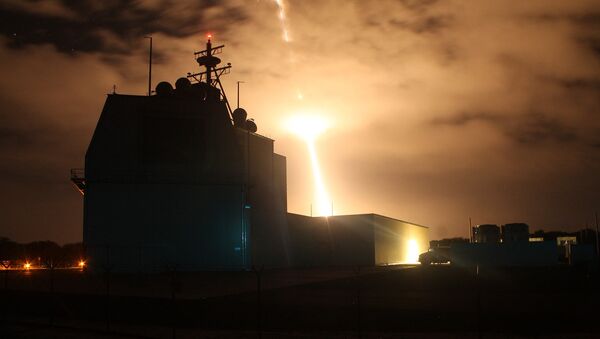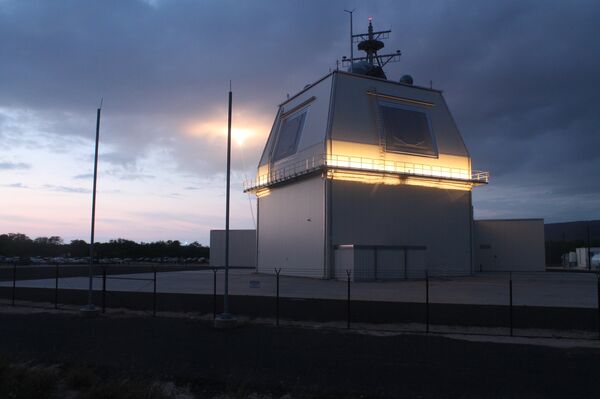Japanese public broadcaster NHK on Thursday reported that the country’s National Security Council may consider a replacement for the US missile defence system Aegis Ashore by October.
Reuters, in turn, cited Japanese Defence Minister Taro Kono as saying that the country is considering acquiring a first-strike weapon as an alternative to Aegis Ashore, something that was earlier suggested by Prime Minister Shinzo Abe.
The developments come after Kono confirmed Japan’s decision to scrap plans on Aegis Ashore deployment in the country earlier on Thursday.
"The National Security Council discussed this matter and reached a conclusion that the deployment of Aegis Ashore in Akita and Yamaguchi is to be rescinded. I want to deeply apologise that it has come to this”, Kono told a meeting of the ruling Liberal Democratic Party.
The statement follows Kono’s surprise announcement last week that the deployment of the US missile defence system in Japan was no longer reasonable, as it would cost the budget about $1.86 billion to fix existing technical issues.
Prime Minister Abe, for his part, said at the time that the government remains committed to considering alternatives to Aegis Ashore, adding “there should not be a gap in our country's defences; we want to hold discussions on the necessary measures”.
In December 2017, the Japanese government approved the deployment of the US missile system in the northwest and in the southwest of the country.
Japan has cancelled the Aegis Ashore project approved in December 2017 maintaining terrestrial protection for the entire country, in aid with the SM-3 System missiles, which provide naval security on board of several Japanese destroyers. It is the proof US is not a dominant power pic.twitter.com/Ks8YFjFqIb
— elmir (@elmir1975) June 18, 2020
The two components of Aegis Ashore, which cost about $890 million each, were expected to enter service before 2023 to cover the entire country.
Japan is currently protected by four destroyers equipped with US Aegis missile defence systems carrying SM-3 intercept missiles as well as modernised surface-to-air PAC-3 ballistic missile interceptors.




